It's mainly just for convenience. If you want to initialize a bunch of variables, it's more convenient to do them all on one line than several. The book even mentions that at the end of the snippet that you quoted: "for example, when initializing a set of counters to zero".
Besides that, though, the book is actually wrong. The example shown
a = b = c = 'spam'
is NOT equivalent to
c = 'spam'
b = c
a = b
What it REALLY does is basically
tmp = 'spam'
a = tmp
b = tmp
c = tmp
del tmp
Notice the order of the assignments! This makes a difference when some of the targets depend on each other. For example,
>>> x = [3, 5, 7]
>>> a = 1
>>> a = x[a] = 2
>>> a
2
>>> x
[3, 5, 2]
According to the book, x[1] would become 2, but clearly this is not the case.
For further reading, see these previous Stack Overflow questions:
How do chained assignments work?
What is this kind of assignment in Python called? a = b = True
Python - are there advantages/disadvantages to assignment statements with multiple (target list "=") groups?
And probably several others (check out the links on the right sidebar).
